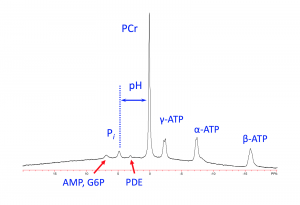Our overall goals are to understand:
1) How neuromuscular structure and function support mobility-related health
2) The bioenergetic basis of skeletal muscle fatigue and how this affects mobility
3) How mobility can be maintained in the face of aging or morbidity
The complete list of our publications includes research we have previously conducted to answer these questions. We have several on-going projects related to these topics.
FATIGUE AND ENERGY SUPPLY IN THE AGING MUSCLE
Generalized fatigue and muscle fatigue change dramatically as a person ages. Recent research suggests this might be due to changes in energy metabolism and changes in physical activity levels. We are interested in learning about how habitual physical activity influences fatigue. We aim to distinguish which are features that occur during the aging process and which are due to inactivity. We are currently seeking participants for this project. This work was funded by the National Institutes of Aging.
THE ENERGETIC COST OF MUSCLE CONTRACTION
The cell’s primary source of energy comes from the breakdown of a molecule called ATP, that is primarily produced in the mitochondria. We currently have ways to estimate the amount of ATP being used during muscle contraction, yet none are precise. We aim to develop a better method for calculating ATP cost of muscle contraction using Magnetic Resonance Imaging techniques in order to further evaluate mitochondria function. This work is funded by the American College of Sports Medicine.
magnetic resonance, diffusion tensor imaging, aging, mitochondria, neuromuscular junction, glycolysis, balance, fatiguability, motor units, physiological reserve, fat, foot tap speed, sex differences, ATP, fatigue, connective tissue, gait, perfusion, in vivo measurements, oxygenation, exercise, acidosis, accelerometers, disease, multiple sclerosis
